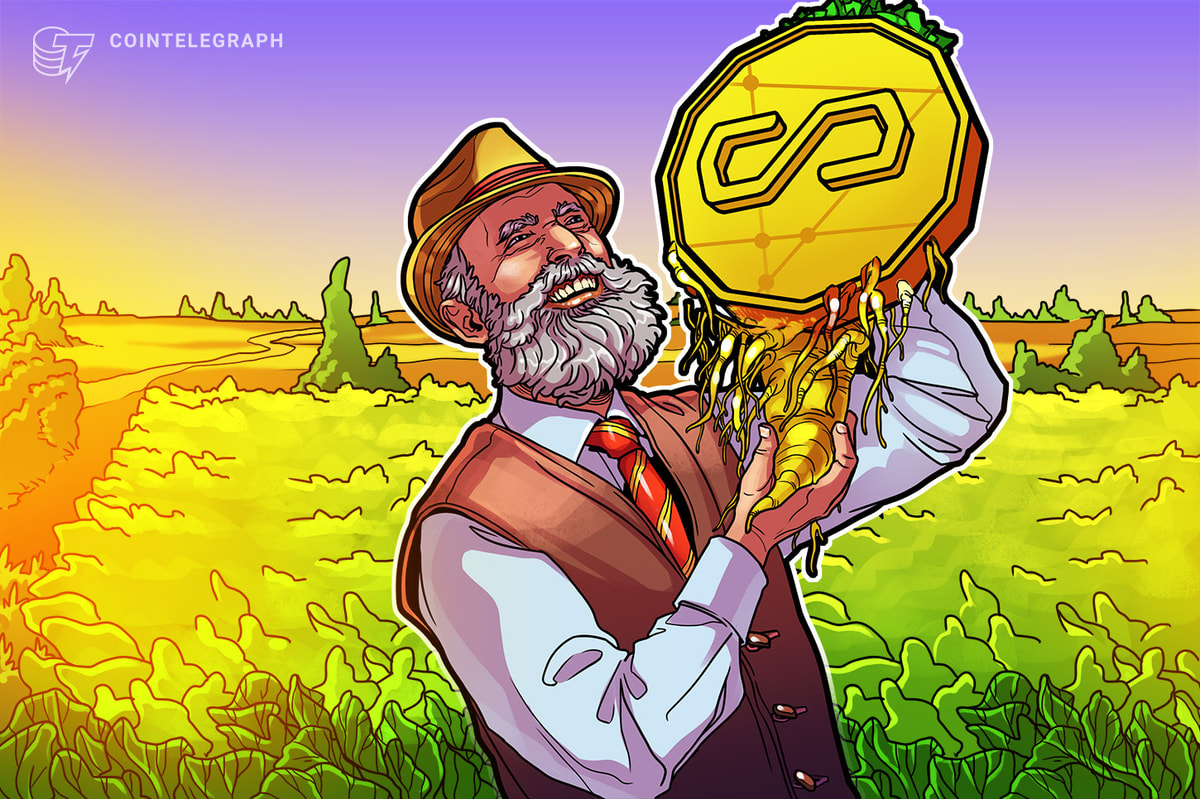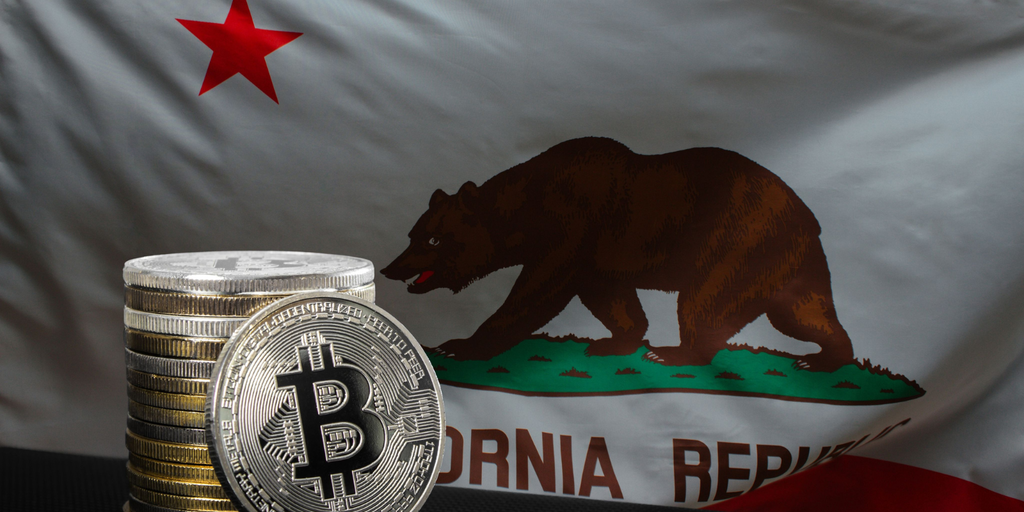TLDR
- PAXG and XAUT gold-backed cryptocurrencies are up over 23% year-to-date, outperforming the wider crypto market
- Gold ETF inflows hit a three-year high in Q1 2025, with 226.5 tonnes flowing into gold ETFs
- Bitcoin has lost more than 11% of its value this year, while the broader crypto market fell by about 30%
- Gold ETFs recently surpassed Bitcoin ETFs in assets under management
- DoubleLine Capital CEO Jeffrey Gundlach predicts gold could reach $4,000, citing central bank buying as a factor
Gold-backed cryptocurrencies are having a stellar year as traditional gold markets heat up. Tokens like Paxos Gold (PAXG) and Tether Gold (XAUT) have risen 24.15% and 23.7% respectively year-to-date, reaching new all-time highs above $3,300 before settling to $3,265 and $3,244.
This performance stands in stark contrast to the broader cryptocurrency market. Bitcoin (BTC) has lost more than 11% of its value so far this year. The wider crypto market has fallen by over 30%, based on the CoinDesk 20 (CD20) index.
 PAX Gold Price on CoinGecko
PAX Gold Price on CoinGeckoGold ETFs Experience Record Inflows
The surge in gold-backed cryptocurrencies mirrors a broader return to gold as a safe-haven asset. Inflows into gold ETFs reached 226.5 tonnes in the first quarter of 2025, the highest level since early 2022, according to data from the World Gold Council.
North America accounted for nearly 60% of that demand. This shows a strong regional preference for gold investment vehicles during uncertain economic times.
Gold-backed cryptocurrencies also saw net token minting of over $42.7 million in the first quarter. This activity, along with gold’s price appreciation, has raised their total market capitalization to nearly $1.4 billion, according to data from RWA.xyz.
The precious metal recently breached the $3,000 mark for the first time. This milestone has prompted experts to predict even greater upside potential.
Gold ETFs last week surpassed bitcoin ETFs in assets under management. This shift represents a changing investor sentiment in the digital asset space.
Expert Predictions and Central Bank Influence
Jeffrey Gundlach, CEO of DoubleLine Capital and known as the ‘Bond King’, believes gold’s rally is far from over. He anticipates that the precious metal could climb as high as $4,000.
“I think gold will make it to $4,000. I’m not sure that’ll happen this year, but I feel like that’s the measured move anticipated by the long consolidation at around $1,800 on gold,” Gundlach said during a macroeconomic outlook presentation.
His bullish prediction is based partly on changing strategies among global central banks. These institutions have been increasingly adding to their gold reserves, reversing a previous downward trend.
According to IMF data presented by Gundlach, the total amount of gold held globally has climbed from around 34 billion Special Drawing Rights (SDR) in 2010 to 40.9 billion SDR. This brings levels back to those last seen between 1975 and 1980.
The tokens are backed by physical gold and track its price. They experienced a surge in value as investors sought refuge from uncertainty caused by the escalating U.S.-China trade war.
The Appeal of Tokenized Gold
Tokenized gold offers crypto investors exposure to real-world assets with blockchain-based liquidity. This combination provides both the stability of gold and the flexibility of digital assets.
For investors looking to hedge against market volatility, gold-backed cryptocurrencies present an attractive option. They combine traditional safe-haven properties with modern technological advantages.
The stark performance difference between gold-backed cryptocurrencies and the rest of the market demonstrates a flight to safety. Investors are seeking stability amid volatile market conditions.
Special Drawing Rights, which Gundlach referenced, are international reserve assets created by the IMF in 1969. They’re defined through a basket of currencies and provide a standardized way to measure reserve holdings.
The recent performance of gold-backed cryptocurrencies highlights the growing intersection between traditional finance and digital assets. As market uncertainties persist, these hybrid investments may continue to attract investors looking for stability without leaving the crypto ecosystem.










:quality(85):upscale()/2025/04/14/953/n/1922153/70bce76367fd83d9216b59.24906692_.png)
 English (US) ·
English (US) ·